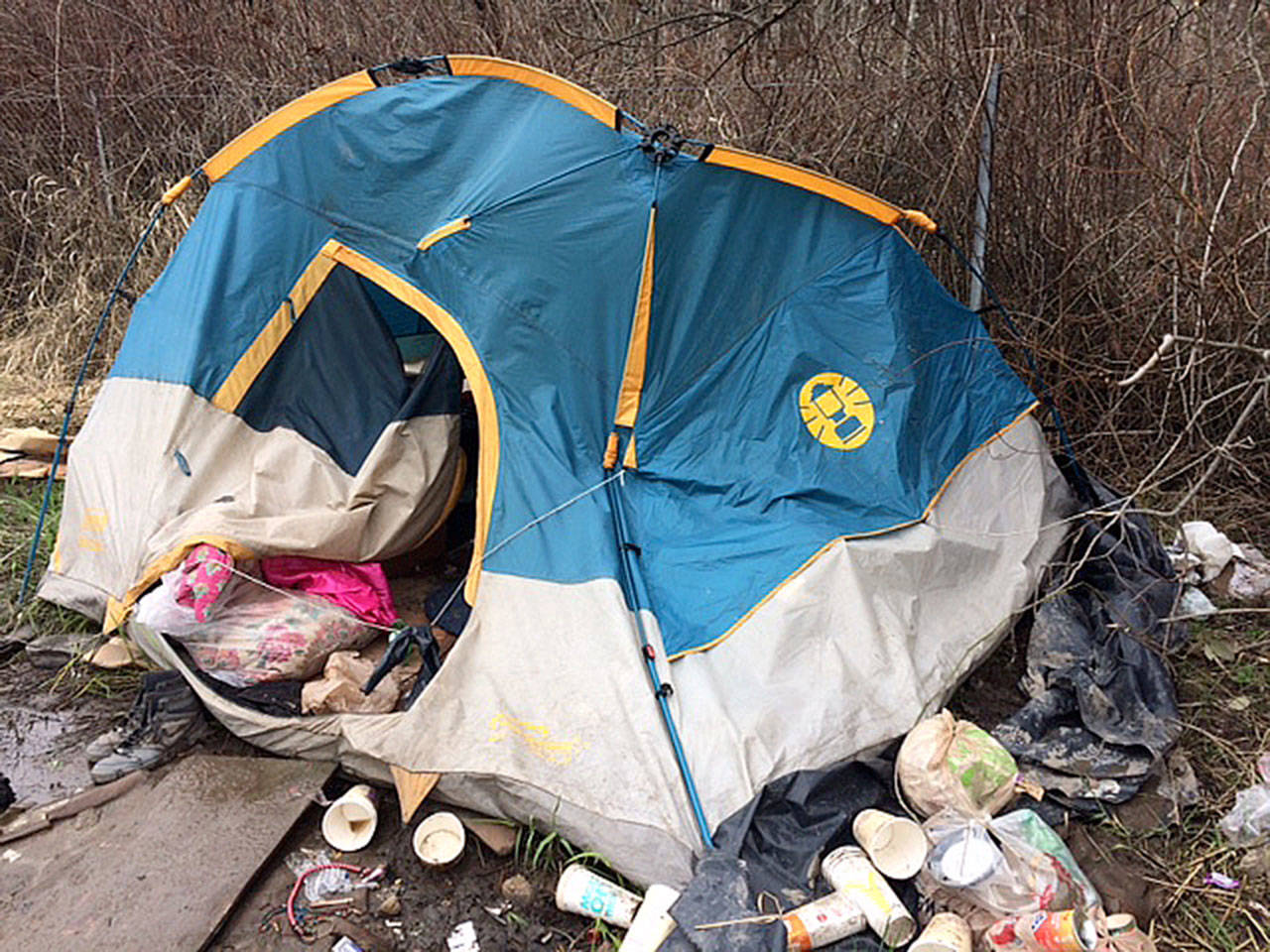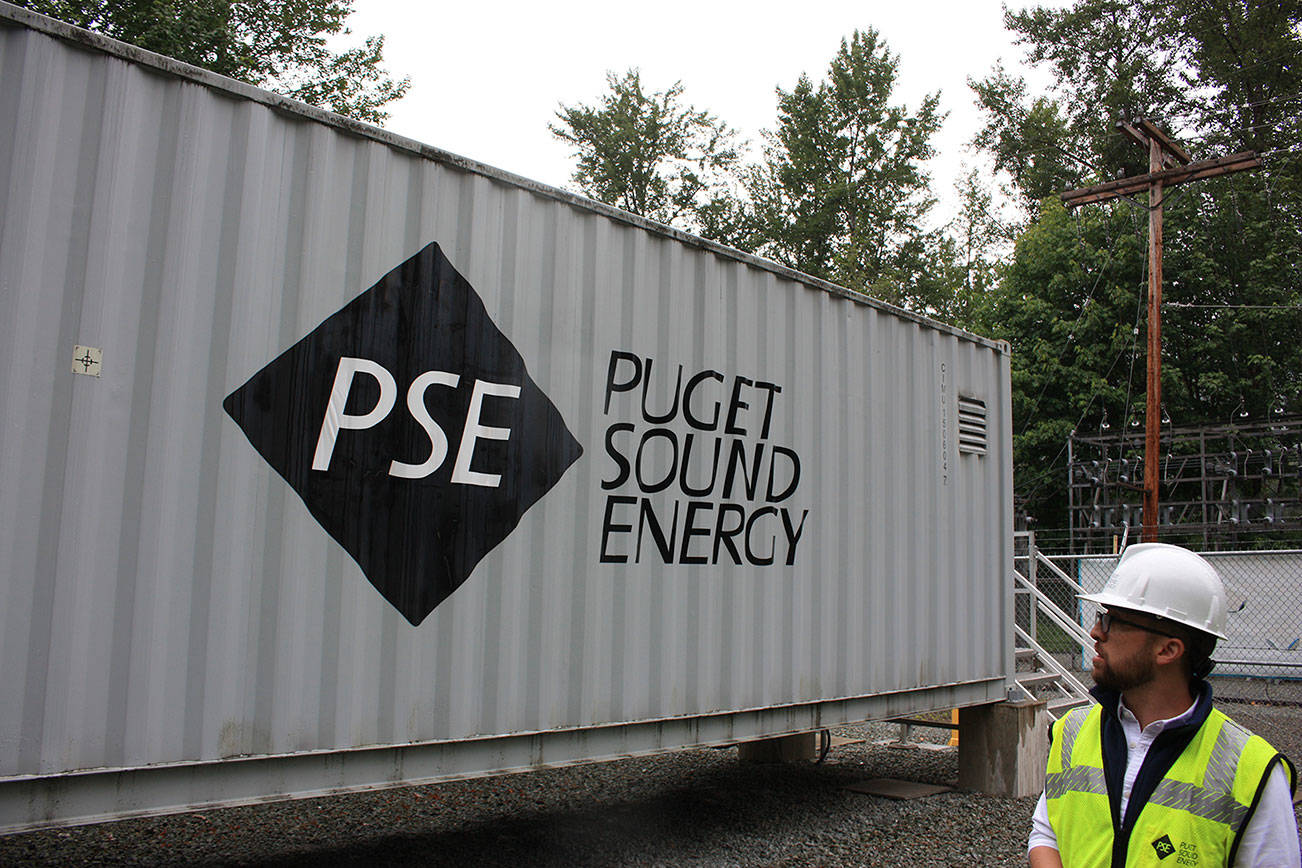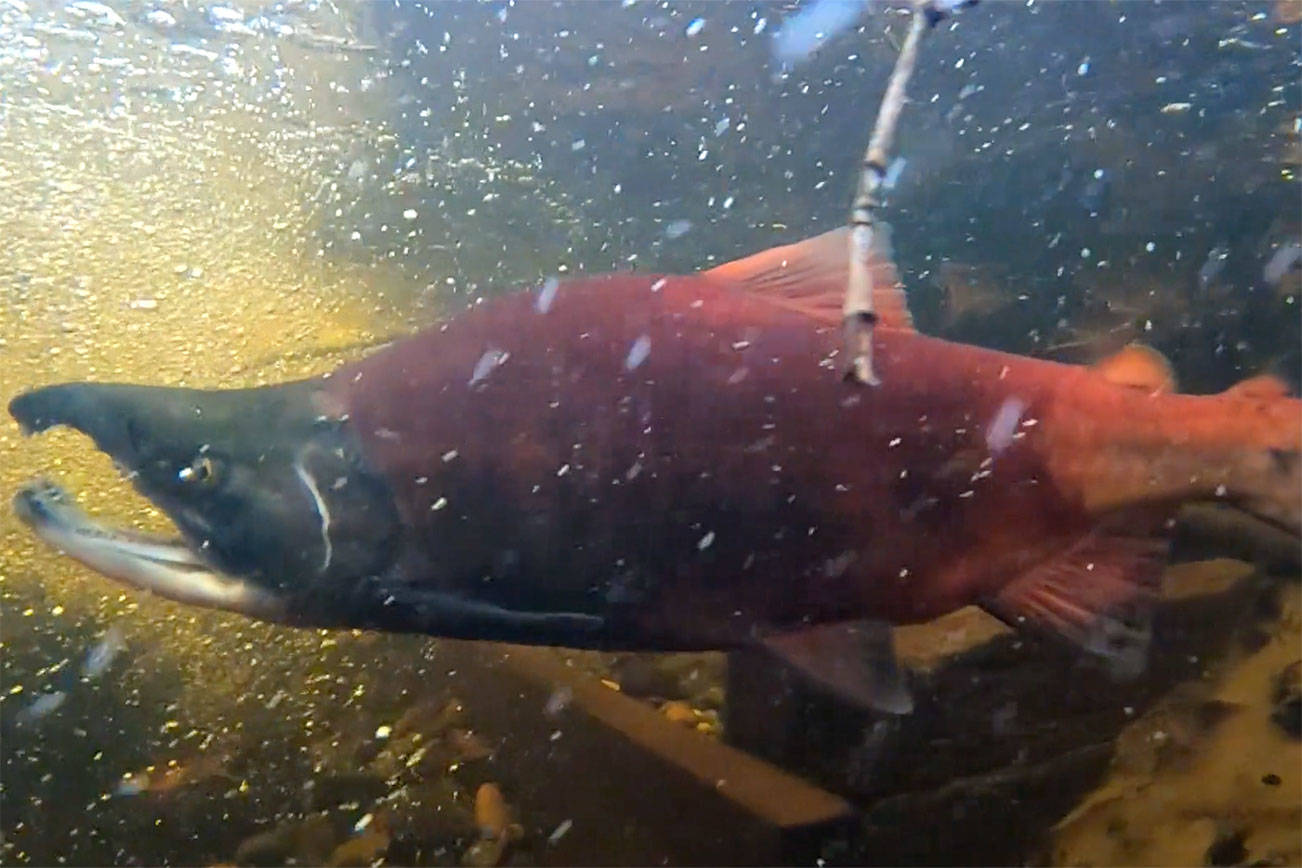A decade after Bellevue agreed to meaningfully address homelessness, it is scheduled to finally site a permanent location for a men’s shelter, leading some advocates to question why it took the city so long to act.
In 2012, the major Eastside cities of Bellevue, Kirkland and Redmond agreed to address homelessness. Two years later, they fleshed out a plan where Bellevue would host a men’s shelter, Kirkland would create a women and families shelter, and Redmond would house youths. Redmond’s Friends of Youth shelter came online in 2012, and Kirkland has plans to open its shelter in 2020. However, a lengthy battle with neighbors near Bellevue’s Factoria location has derailed the project and forced back its possible opening date to 2022.
Congregations for the Homeless (CFH) already runs an emergency shelter in Lincoln Square, which operates six months out of the year. However, the facility closes each spring and does not have needed infrastructure, such as a sprinkler system, to allow it to stay open year-round.
The organization is raising funds to renovate the building, and once it is renovated, the city can issue an emergency permit allowing year-round operations for three years. This could buy CFH enough time to set up a permanent location for the shelter on surplus land currently owned by King County at 13620 SE Eastgate Way.
The original plan was to permanently site the men’s shelter and allow Imagine Housing to also construct affordable housing on the roughly 11-acre site, but Bellevue Mayor John Chelminiak said the affordable housing portion had fallen by the wayside. However, other service providers could create affordable housing on the lot, which is much larger than is needed to operate a shelter.
“It’s their property and what CHF would use is a small portion of that property, and then the county would surplus the rest of the property, or congregations can go together with someone who wants to buy the property and go that way,” Chelminiak said.
Finding a location for the shelter proved controversial. A site slightly to the east and closer to the Eastgate Park and Ride as well as Bellevue Community College and neighborhoods has generated a backlash from neighbors who attended multiple city council meetings. This ultimately forced the city to pull back from its original plans and create a process of permitting and community engagement for the project and future shelters. The Bellevue City Council was divided on the issue, contrasted by the Kirkland City Council, whose members were unified in the push for their city’s shelter.
However, Seattle/King County Coalition on Homelessness director Alison Eisinger said Bellevue allowed its processes to be delayed and sidetracked by “a lack of political leadership and a small number of vocal, frightened and angry people who do not believe that the way society functions is to share resources.”
“The only thing that blocked that project from breaking ground was a lack of leadership on the Bellevue City Council and a small group of fear-based community members,” Eisinger said.
Eisinger also criticized Bellevue’s approach as bad public policy because resources were dedicated from local and state coffers for the project, but it was allowed to be sidetracked and delayed — and was paid for in both human and community costs. She also questioned if the response was adequate after decade into the county’s sweeping homelessness crisis.
“Local leaders have abdicated their responsibility not only to make their project a reality, but to do more,” she said.
Kirkland had a much easier time than Bellevue siting a location for its shelter for women and families, which is expected to break ground in late June. This could partially be due to the demographic being served, said Tracey Dunlap, Kirkland’s deputy city manager. Siting a shelter for women and families was likely an easier sell to the community than a men’s shelter.
“We’ve really gotten just a few issues and concerns. Mostly we’ve had people saying, what can we do to help,” Dunlap said.
There were other things playing into Kirkland’s success, Dunlap said, including the location being provided by a church in Kirkland. The city also made an effort to bring together stakeholders early in the process and build a coalition of funders, service providers, housing advocates and community members. The council was additionally in support of the shelter from the beginning.
“I think having sort of broad-based support early, sort of before you’ve actually gotten too far down the path to really get down and figure out what the groups are that are supportive,” Dunlap said. “And again I’d say the political support was really important as well.”
Linda Benson, director of community development for Sophia Way, which is not involved in the Bellevue shelter but is a service provider on the Eastside, said working with a broad base of community support was important for the Kirkland shelter. The community backlash seen in Bellevue was partially due to fears about the homeless.
“Like so many communities, it gets caught up into what I would call the myths that are not necessarily true,” Benson said.
Neighbors and some Bellevue City Council members expressed concerns about the former proposed shelter site being too close to neighborhoods and schools. They also expressed concerns about alcohol and drug consumption and the idea that it would attract homeless people to the area. However, Eisinger said the Eastside already has a homeless population and that neighbors were engaged in stirring up fears.
“They did everything they could to describe the people who need the shelter and the housing as ‘other’,” Eisinger said. “In the current climate, we have to call that what it is, which is saying it’s OK if you exclude people because you don’t like them.”
The Bellevue shelter being located on public property also meant there were more requirements the city needed to fulfill such as increased public hearings, whereas Kirkland’s shelter was on private property and the process could move more quickly. Even though Kirkland’s shelter is located across the street from Lake Washington High School, there wasn’t a community backlash like in Bellevue.
In the 2019 Count Us In point in time count, which counts the number of people experiencing homelessness in King County, it was found there were 337 homeless people in east King County. While this is far less than the 3,558 homeless people in Seattle or the more than 1,000 in South King County, the percentage of homeless people living in east county, which includes the Eastside, held steady.
“It’s a regional problem and we need to approach this from a regional perspective. Where people come from, I think, is secondary to why they’re coming and I think there are people who would like homelessness to just go away, and this isn’t our problem and it would be nice if it would just go back to Seattle or go away,” Benson said. “But in reality, people living in the Eastside are among those who are also homeless. We all have to be thinking about this regionally because none of us can provide it all, and we have to look at it from that perspective as well.”









